4 Ways for Leaders to Avoid ‘Innovation Theater’
Adapted from interview with Hamish Forsyth, “What organizational features and processes support intrapreneurs in large companies”.
We see the same problems time and again - unsustainable innovation projects and intrapreneurial schemes that are ill-supported by the company at large. OneLeap’s CEO & founder, Hamish Forsyth, shares 4 key organisational processes that senior leaders can effectively implement to prevent innovation dead ends, avoid ‘innovation theater’, and keep their teams motivated to deliver measurable outcomes.
1. Be clear about the strategic role of internal entrepreneurship
Hamish Forsyth: “Ideally what would happen is you say, ‘Here's our organizational target for the year: The business wants to increase EBIT by 100 million over three years.’ To achieve that, there are going to be status quo initiatives, or organic growth that's going to get us there. There might be some inorganic activity as well through other channels. Then by definition, the bit that's left must be inorganic activity i.e. fundamental innovation. So of my 100 million over three years, my organic growth is going to get me to 70% of that. I'm going to bet this acquisition's going to get me another 20%, and that leaves 10% left. So, I now have to get 10 million EBIT growth over three years through the innovation that I'm doing. I've got something concrete.
Depending on the timeframe and the number involved, you can rule out, or rule in, certain types of activity. If you have to achieve a number within say, 12 months, you are not going to be able to do something fundamentally disruptable or transformative. It's just not going to hit that within the timeframe and you should immediately put your focus somewhere else. Equally, if the number's big enough and you do have the time frame, purely doing incremental work is unlikely to get you there either. Having that number and timeframe around the big innovation work provides really important focus on choosing the right vehicle.
What that in turn means is that when people come to question internal entrepreneurs or intrapreneurs, they're questioning a specific contribution to some important work for the organization as a whole. So there's more accountability, but there's also more recognition that this is a critical activity. It's not just a nice to have.”
Key learning: Internal entrepreneurial work has greater meaning, focus and accountability for all stakeholders involved when tied to measurable business goals and time frames.
2. Beware the suggestion box
Hamish Forsyth: “A good example is from a big listed technology company where we were brought in by their new CEO. He said, ‘Look, our organization has lost its entrepreneurial mojo. It used to be fizzing with all these ideas, it used to come through to me. Now I'll be lucky if I get a trickle and they're not good anymore. What's happened to my people?’.
We looked at what was going on, and what we discovered is that there were these very broad mandates for "give us your ideas" coming out from the CEO's office. Consequently a huge amount of ideas of all different types and sizes were going into this. But the consequence of that was that nobody (let alone the CEO's office or any of the senior management), had time to deal with them because only a few of them were strategic enough to justify that time.
This meant not only were the ideas not executed, but they weren't even responded to. And so the impression that everybody else in the organization got was, "This is just theater. The CEO and the senior management team don't really care about being entrepreneurial or innovative, because if they did, then they would at least respond to us."
Now that was a totally preventable situation. What we ended up doing was to get the CEO to provide some very focused questions around the big challenges that would actually move the needle in the business. This way, a smaller, more focused number of very powerful ideas came in. But most importantly, people were getting feedback on their ideas, so they knew they were valued. And that had a really fundamentally positive effect on the culture.”
Key learning: Suggestion boxes can be a very powerful engagement tool, but can also massively backfire. Having the CEO provide very focused innovations questions will avoid idea landslides.
3. Park or perish ideas in order to progress with those that count
Hamish Forsyth: “Too often there is a process by which new ideas go into a pipeline and they can sit in there for a very, very long time. And you feel like you're doing the right thing by letting those ideas have their time to work out. But there's got to be accountability. There's got to be pressure to pivot those ideas if necessary, to park them, or let them perish, as well as let them progress. Because if there isn't, you've got a whole lot of your best people and resources tied up with something that isn't going somewhere.
The feeling of- "We are supporting entrepreneurship by just giving things time to play out," is important. And having the right measures of success and not judging ideas by traditional metrics too soon. But at the same time, if you don't provide that sense of accountability and those clear decision-making points based on the experimental data that you're getting, you're tying up a whole lot of resources and you demotivate and demoralize people.”
Key learning: Keeping people accountable to time-gated experiments and committing to key decision-making points are essential for teams to move forward.
4. Define the overall organisational vision
Hamish Forsyth: “Doug Rauch, former President of Trader Joe’s explained to me how he was trying to make the innovation that was happening in his supermarkets continuous. He said, "One of my big ideas I had to keep drumming in and promoting was the overall outcome that I want customers to have." And it wasn't just, ‘they find the right food that they want in store’ - it was a feeling. For Doug it was, "I want our customers to leave Trader Joe's stores feeling a little bit lighter."
It's not intuitive. It’s grocery shopping. But it works because everything is aligned around creating an unexpectedly human-positive, discovery-type experience - through the design, through the human interactions, through the tastes and touch of the whole setup. But that only happens because multiple people are coming up with (and executing on) good ideas. They are all aligned around this atmospheric outcome, not just this functional outcome.
But, if the organization is not clear on what that is, there'll be lots of great ideas, lots of shots of intrapreneurship, lots of smaller innovations as well, but they won't create that coherence. They won't positively impact customers. And the intrapreneurs and their efforts will not be valued in the way that they deserve to be.”
Key learning: Ask yourself, ‘Do my team know that what they are doing matters?’
Follow us on LinkedIn and Twitter, or subscribe to OneLeap emails to stay up to date with our latest news and insights.
Other Articles and Insights from the oneleap team.
Subscribe to the Oneleap Blog.
Add your email to receive regular, quarterly updates from the OneLeap Team.
By clicking subscribe, you consent to allow OneLeap to store and process the personal information submitted to provide content requested. OneLeap will only use your personal information to administer your account and to provide the products and services you requested from us.
We will respect your privacy and you can unsubscribe at any time.



